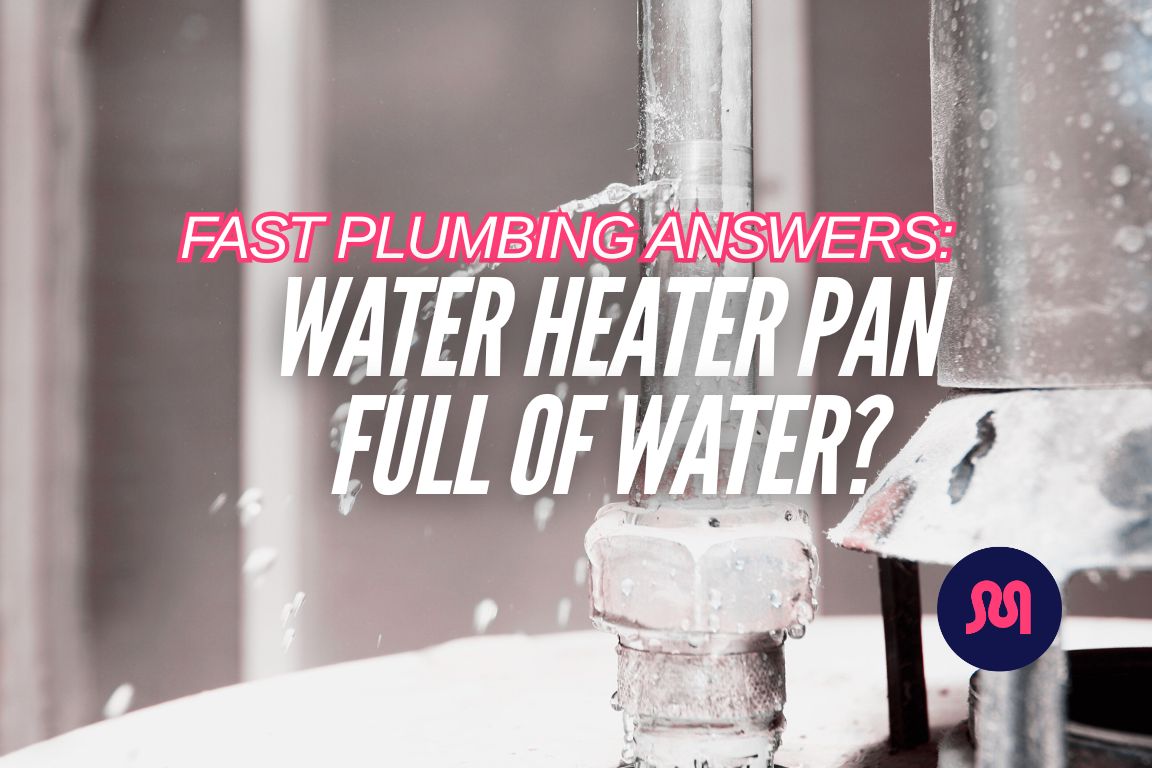Fast Plumbing Answers: Musty Smell in Floorboards?
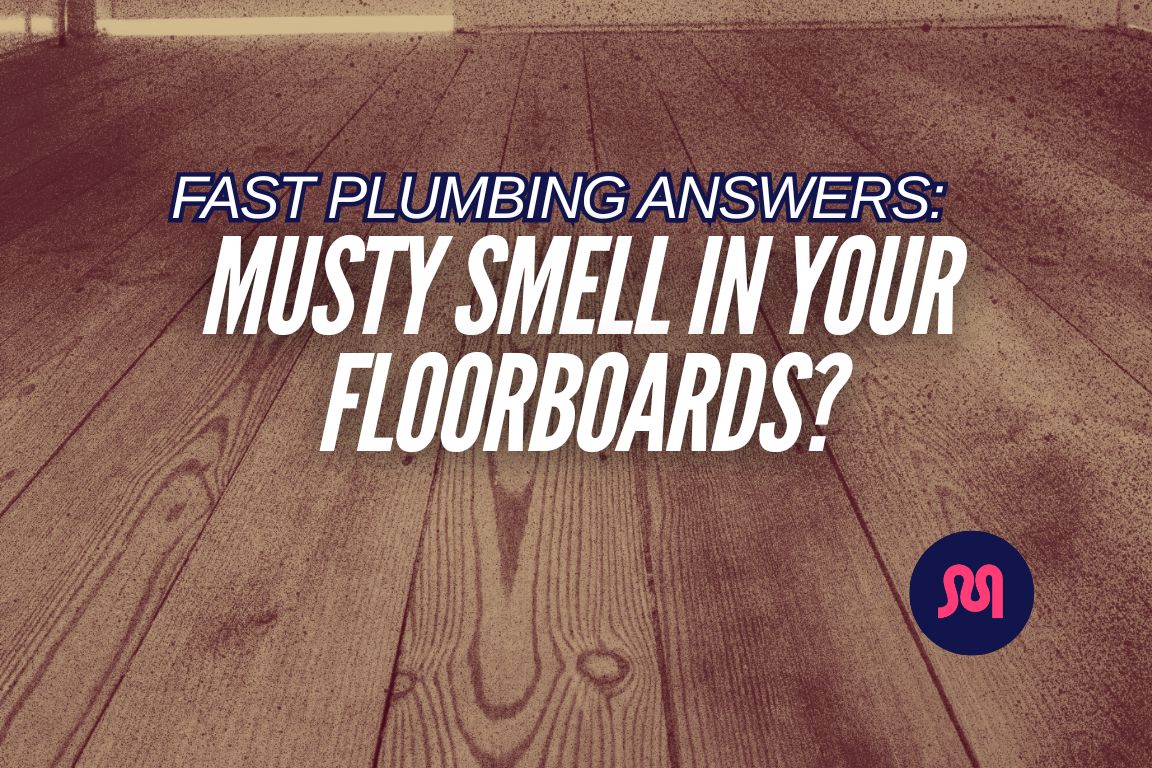
table of contents
table of contents
You finally located that dank, musty smell in your home- it’s coming from your floorboards. It’s a clear sign of moisture that’s been trapped in your floor for awhile. But where is it coming from? Is it a faulty appliance or a leaky pipe- and is that leak in your home or under it?
Don’t worry: we’ll answer all your questions in 2 minutes or less.
We’re Mother, a Dallas-Fort Worth plumbing company that provides dependable, hassle-free modern plumbing for homeowners who value quality. Call us 7 days a week for non-invasive leak detection and repair services, and lasting solutions that deliver peace of mind.
{{leak-detection="/services/leak-detection"}}
Trapped Moisture Causes Musty Smells in Floorboards
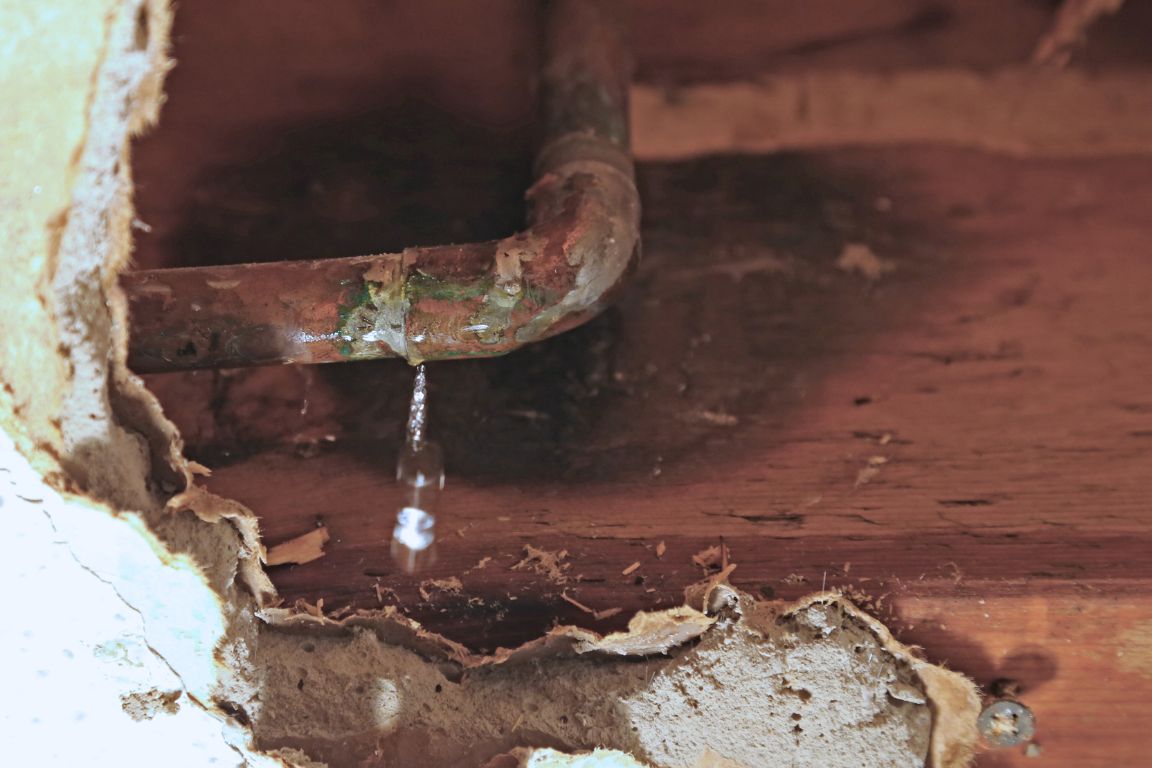
The reason for that musty smell coming from your floor is simple: moisture has been trapped there for an extended period of time.
“That moldy smell coming from your floorboards is a sign of long-term moisture,” explains our Master Plumber Dillon Ashton. Where short-term water exposure causes soft, spongy flooring, a “damp smell” indicates a persistent issue.
The musty odor suggests the moisture has seeped into your subfloor and caused growth of mold or mildew.
Before you do anything else, ventilate your house
The first step isn’t to identify the source of the problem- it’s to make your house safer and healthier ASAP.
Ventilate your home right now (yes, before you keep reading). Open windows throughout your home and start some fans- there’s a good chance you’re dealing with mold.
“When water soaks into the subfloor, it can cause mold growth and odors that spread throughout the house,” Dillon says. “You don’t want to breathe in mold or mildew.”
Wear eye, nose and mouth protection if you tear up carpets, rugs or floorboards. You’ll protect your face and lungs from mold exposure.
5 Common Reasons for That Moldy Smell in Your Floor
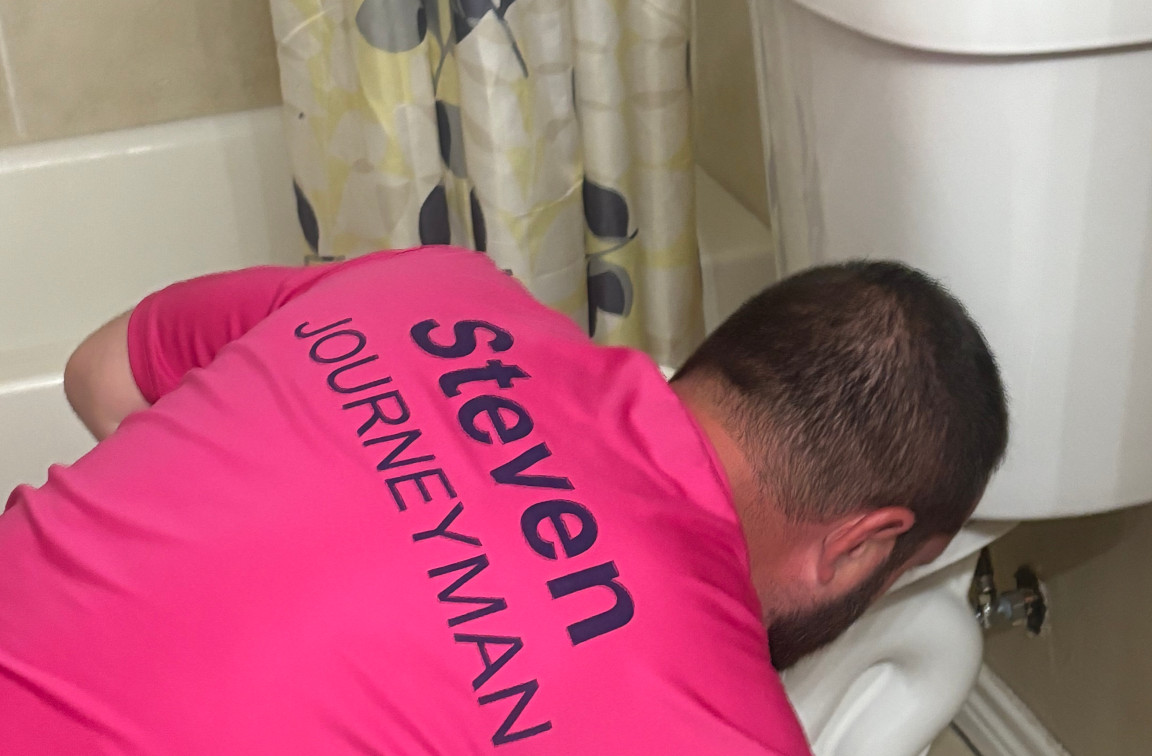
Now that your home is well-ventilated, let’s diagnose and locate the underlying reason for musty odors from your floorboards.
“The issue often comes from a plumbing leak or a water intrusion,” Dillon says. These leaks and intrusions come from 5 primary sources:
- A leaking pipe in your wall;
- A leaky toilet;
- An appliance line under the first floor;
- A leaky window; or
- A slab leak underneath your home.
A leaking pipe in your wall
In-wall pipe leaks near water using appliances are a primary cause of moisture buildup under your floorboards. Dustin cautions homeowners that this problem isn’t focused on one area of the house.
“It’s not just in the bathroom,” he explains. Walls in your kitchen, laundry room, garage and mud room are also potential sources of a leaky pipe in the walls.
A leaky toilet
Toilet leaks- especially ones near the base- are another common culprit for water under the floorboards. The damage and smell will be centralized in your bathroom, but can spread to adjacent rooms if the leak is persistent enough.
If you notice a “wobbly toilet” with an unsteady base, it’s a telltale sign of leaks near the base.
An appliance line under the first floor
Appliance lines don’t just travel in the walls. Ask your plumber for leak detection services underneath the first floor of your home- there may be pinholes or bursts along their path.
Your appliance lines run from the home’s main water supply directly to each water using appliance. Start at your cold water pipe and hot water pipe and follow a logical path to your first floor sinks, tubs, showers, dishwashers, ice makers, and so on.
It’s not easy for homeowners to locate appliance line leaks! Ask a local plumber for non-invasive solutions, like acoustic and electronic leak detection service.
A leaky window
A cracked window frame may be difficult to detect from inside your home- especially if the penetrating water trickles down inside your wall.
If you don’t notice any other signs of pipe leaks in your walls or under your flooring, check the drywall around your first floor windows.
A slab leak underneath your home
If you can’t find the source of your leak or water intrusion within your home’s walls or floors, it may be emanating from underneath the house.
Homes on concrete slabs are (unfortunately) a prime source for water under your floorboards. The porous nature of concrete allows water from underground pipe bursts to infiltrate upwards and into your subfloor.
This direct path from foundation to subfloor allows water damage to collect without homeowners noticing.
{{slab-leak-repair="/services/slab-leak-repair"}}
5 Other Signs of Moisture in Your Floorboards
Worried about more than just moist, musty smells in your flooring? Here are 5 other symptoms of water in your floorboards, along with their most common causes:
- Warped flooring or sub-flooring: These are primarily caused by freshwater pipe leaks- either in-wall leaks or slab leaks under your house.
- Damp spots in your floor: If these are near your appliances, there’s likely a leak in your appliance or its direct line.
- Hot spots (warm, wet spots) in your floor: These are caused by hot water pipe leaks.
- Cold spots on your floor: These indicate a leak in your cold water line.
- Damp cracks in your wall: These often lead to musty, moldy flooring issues. The cause is a leaky pipe in your wall.
Do you feel soft spots in your flooring? Learn how to safely determine the cause in our 2-minute guide.
{{fast-plumbing-answers-soft-spots-in-flooring="/blogs/fast-plumbing-answers-soft-spots-in-flooring"}}
You Located That Musty Smell- Here’s What to Do Next
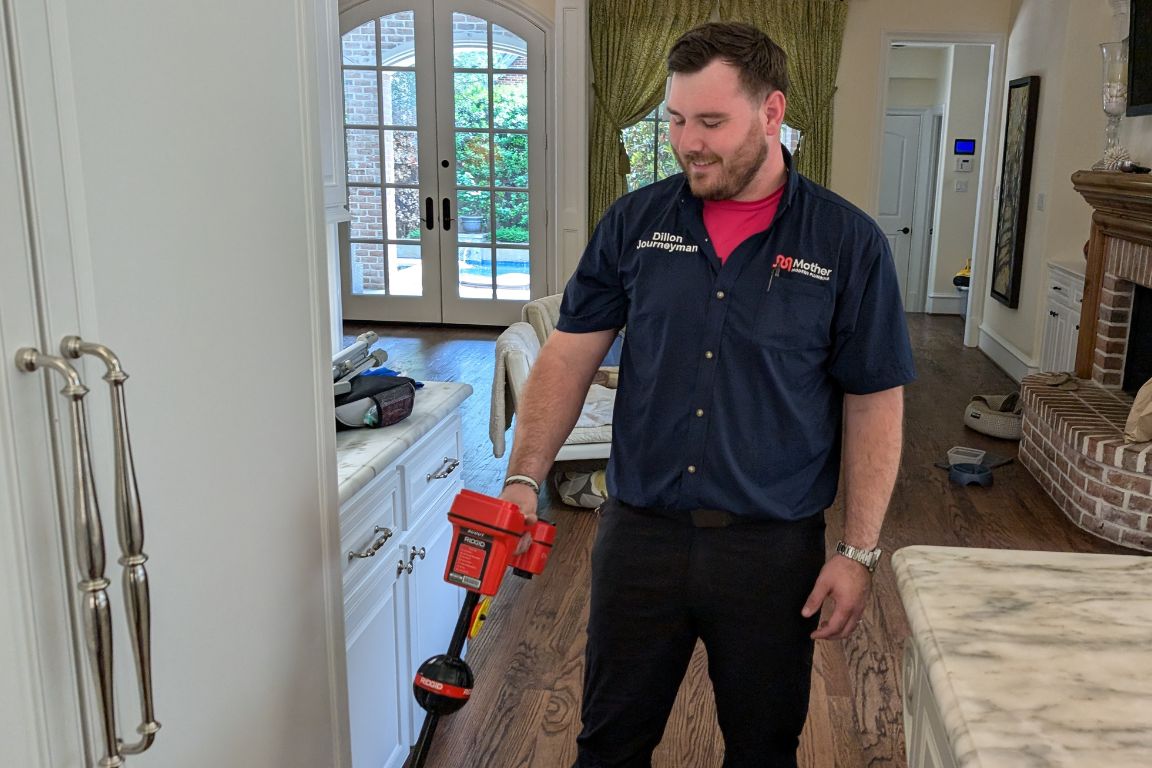
“The best next step is to have the affected area inspected as soon as possible,” Dillon suggests. A licensed plumber is the best professional to call, as they’re best equipped to handle the 3 services you need the most right now:
- Safety inspection: Is there widespread mold or mildew? Are your floorboards safe to walk on (or near)?
- Leak location: Find the source of the moisture in your floorboards. Your plumber should offer leak detection services that don’t involve ripping up your floor, walls or yard- acoustic leak detection, electronic leak detection and slab leak detection are all quality options for this appointment.
- Preventative leak repair: Finding the leak and cleaning up mold are short-term fixes. You need the leak repaired with the certainty that it won’t be a problem again. Thoughtful, locally-experienced plumbers like Mother Modern Plumbing offer lasting solutions to the issues behind your musty floors.
Stop leak damage before it starts! Install an automatic smart water shut-off valve and shut down that leaky pipe before it damages your house.
Call Mother for Prompt, Non-Invasive Dallas Leak Detection
A musty smell in your floorboards means more than uneven flooring- it’s a sign of long-term water damage that promotes mold growth.
Dallas homeowners don’t have to choose between prompt service and a lasting fix. Our plumbers have nearly a century of experience with accurate leak detection, safety inspections and long-term solutions for a secure, healthy home.
Call Mother for the least invasive leak detection options- we’ll find the issue without tearing up your walls, floors or yard. Then, we’ll provide the most sensible solution for lasting peace of mind, and empower you to make the best decision for your home.
{{leak-detection="/services/leak-detection"}}
Common Q’s about Water Leaks
Are slab leaks covered by homeowner’s insurance?
Homeowner's insurance companies don't love to cover leaks in or near your home's foundation. If you want your slab leak repair covered, you need to follow a precise set of steps to improve your odds of coverage.
Follow these 4 steps in order to increase the chances your slab leak is covered by insurance:
- Immediately contact your insurance provider in the event of a freshwater leak.
- Hire a master plumber for 2 key tests: water pressure testing and hydrostatic testing.
- Consult a structural engineer before and after plumbing repairs.
- File all necessary paperwork to your homeowner’s insurance.
Can I DIY slab leak repair?
No, you cannot DIY slab leak repair. Leak location requires precise thermal imaging, and attempting DIY slab repairs may void your insurance.
How can you tell if you have a slab leak?
These are the 5 most notable symptoms of a water leak in or around your slab:
- A noticeable increase in your water bill
- Water meter moves after water is turned off
- The sound of running water when no taps are on
- Warm or cold spots on your flooring
- Low water pressure
How long does it take to fix a slab leak?
Most simple slab leaks are fixed in 2-3 days. If your specific leak requires pulling a city permit, add an extra day to your project timeline.
If you’re rerouting your pipe, plan an extra day for drywall repairs. (Note: Drywall repairs are not included in the cost of plumbing work.)
What if my slab leak is in an inaccessible location?
For pipe leaks and damage that's extremely hard to reach (i.e. under your slab), pipe rerouting is the best alternative. Your plumber establishes a unique path for your new sewer line, then disconnects the damaged pipe section and seals it at both ends to prevent further leaks.




